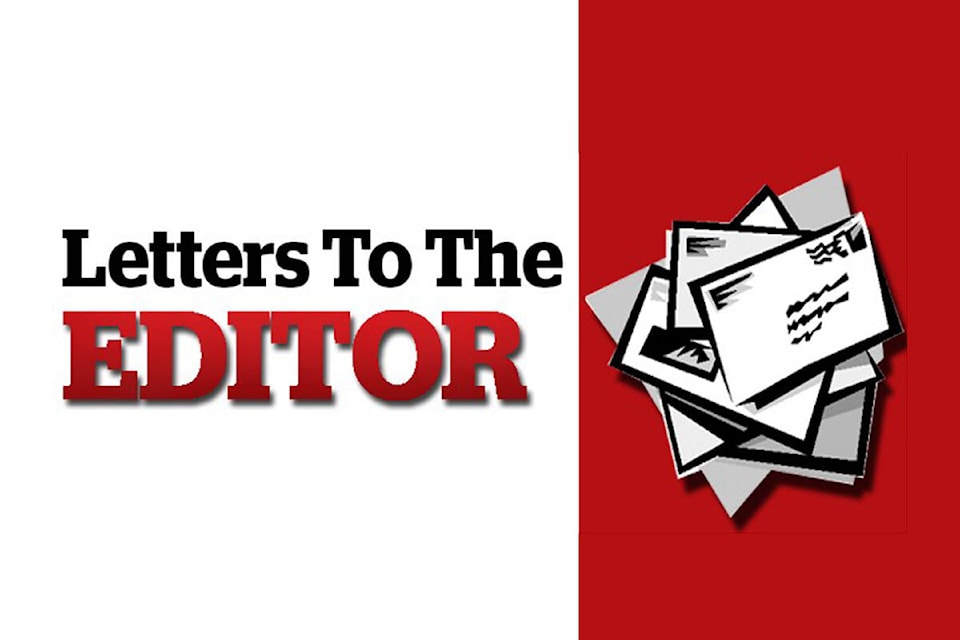This year – 2021 – is the 150th anniversary of British Columbia becoming part of Canada. For B.C. descendants of United Empire Loyalists (UEL), this honours the 1871 addition of B.C. to the 1867 Canada that their ancestors helped form.
Living in Victoria, you may never have considered UEL ancestry. This contrasts with the high profile of UEL in eastern Canada. Ontario has a Loyalist Township, Loyalist Parkway, and a Loyalist College. The New Brunswick motto “it has restored hope” refers to being a haven for loyalist refugees after the American revolution.
Unlike these UEL hotbeds, only 25 UEL descendants could be identified in 1881 Victoria. As the Canadian railroad was not completed until 1885, the primary options to get to Victoria from the east was train travel across the U.S. or the Panama isthmus. These routes then required a sea voyage up the coast to B.C.
Two loyalist descendants in Victoria for the 1881 census got to Victoria from Ontario by very challenging journeys. As an 18-year-old in 1862, Robert McMicking was an overlander who walked and canoed across Canada to get to the Cariboo Gold Rush. Several overlanders perished enroute through disease, exposure and drowning. Once in B.C., McMicking found work in the telegraph industry in which he had prior experience. In 1878, as the Victoria representative for Bell Telephone, he invited notables to witness the first telephone calls between his office and the British Colonist newsroom. He was the driving force for the adoption of electrical lighting and telephone services in Victoria.
Another onerous journey to Victoria was made by loyalist descendent Vernon Lane. While born in Ontario, Lane fought for the Union side during the American Civil War. In 1872, he travelled with his wife and two children from Kansas to the Pacific coast on a prairie schooner. He was made captain of the caravan and crossed the mountains through the Snoqualmie Pass. Rafts were made to cross rivers, and he almost lost his family in one crossing accident.
If you know of other early UEL descendants or want help tracing your loyalist roots, contact the Victoria UEL branch.
Mike Woodcock, vice-president, Victoria branch
United Empire Loyalist Association of Canada
